The SOL schedule is completely inefficient.
On these particular school days, school starts at 10:50 a.m., leaving classes to be 35 minutes long, which is not enough to take a test, learn a new topic, get a proper review or even simply get class started with an inclusive opening.
Therefore, these 35-minute classes are rarely productive with teachers often resorting to watching movies, handing out menial review worksheets or using the time as a study block.
From personal experience, many of my classes had substitutes, and over the course of the four days, students were often met by a substitute teacher who was not given any lesson plans. With only 35 minutes, students usually cannot even execute a learning plan, which opens up the discussion as to why the SOL schedule is this way if administration knows that regular coursework takes a hit.
This is not a dig at teachers or administrators as they too have been put in a bad spot by the division’s guidelines.
“The division set us up with the SOL time being until 10:40, so we are limited,” said assistant principal Leah Nelson.
Because the school has its hands tied, the student body needs to take action, bringing this issue to the attention of the division or state education departments in hopes of finally amending this absurd schedule.
With that being said, the obvious issue of what would replace the current SOL schedule remains front of mind.
Three viable options exist. The first would be to give non-SOL students a day off on testing days and make up the school days somewhere else. The problem here is that this would be hugely unpopular with students. Another solution involves holding only two blocks per SOL day, allowing for at least 70-minute classes and significantly more effective classroom instruction time. Unfortunately, this idea has its drawbacks as well.
“I think the idea is that most teachers, if you do have students that are [taking an SOL] don’t want to miss out on review time,” said Nelson.
Essentially, if the schedule moves to two blocks per day on SOL days, some teachers might miss the opportunity to review during class for their upcoming SOL.
One final option could be to simply make SOL days virtual learning days for those who are not testing. This is already in place in Chesapeake, Va., but issues remain with this option due to unsavory reviews of digital learning during COVID-19 hybrid learning.
Regardless, just about anything would be better than the current schedule. Thirty-five-minute classes are an utter waste of the valuable time of the entire Ocean Lakes community.
Additionally, other problems arise for students and teachers in A/B and AP classes. Students in rigorous classes often find themselves with additional, out-of-school work to make up for time lost by having shortened blocks, which although unintended, is often clearly necessary to remain on pace for upcoming AP exams in April and May.
“I aim to be productive during that time, but I don’t assume that will be the outcome,” said physics teacher Ryan Guenthner. “In physics, [35 minutes] is not enough time to approach new material in a meaningful way.”
With only 35 minutes, physics students can only review one or two problems before the bell rings, which certainly does not constitute an effective block. With SOL days counted as instructional days, the schedule forces AP teachers to make difficult decisions.
“[Losing class time] is not ideal, but it is doable at a cost. I can either slow down at the cost of not covering all material or keep pace at the potential cost of student understanding,” said Guenthner.
The real root of the problem is the 4×4 system, which forces SOL testing to be at the end of each semester.
Something must be done to reform this atrocious system. It has squandered 760 minutes of students’ time two years in a row now.
Any students interested in creating this change should reach out to their school board representatives and division-wide education officials. According to vbschools.com, school board meetings are held on the second and fourth Tuesday of each month.

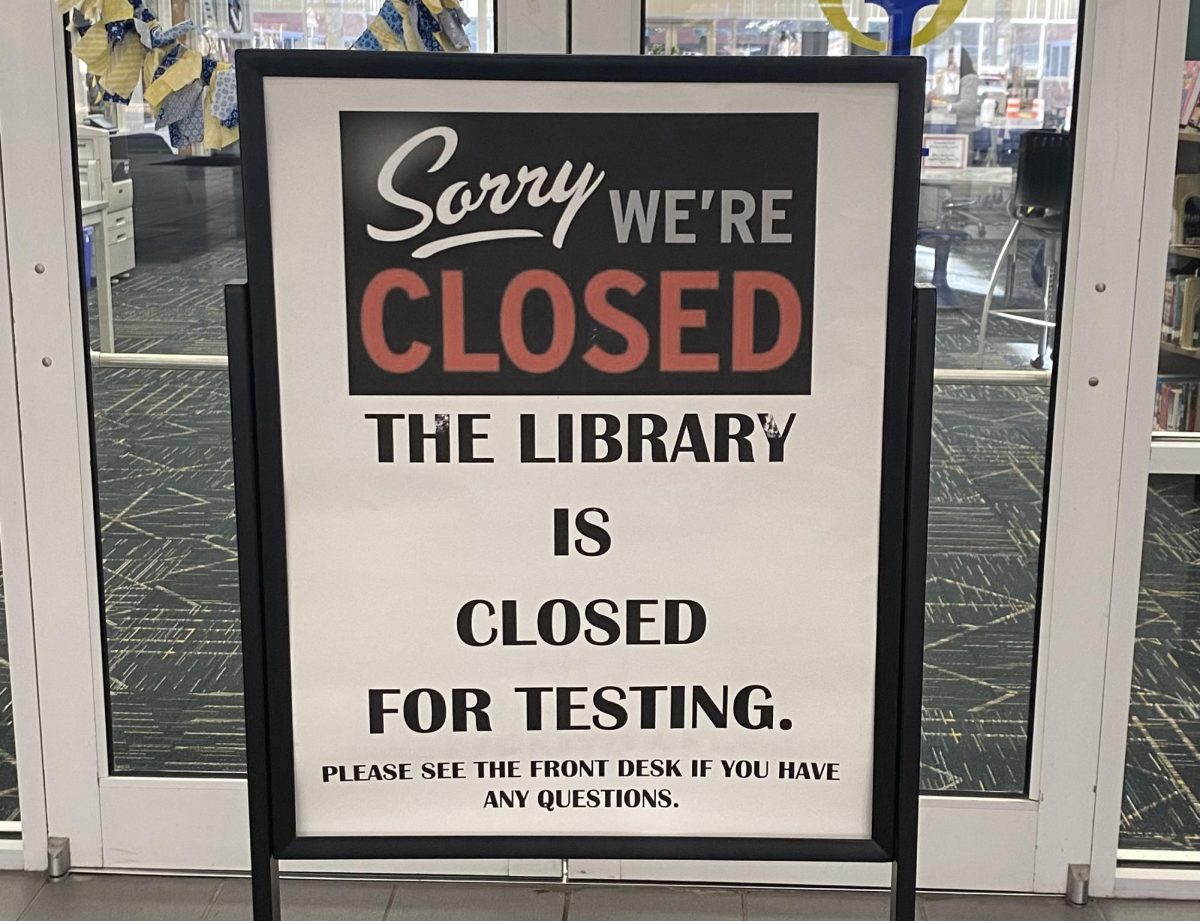
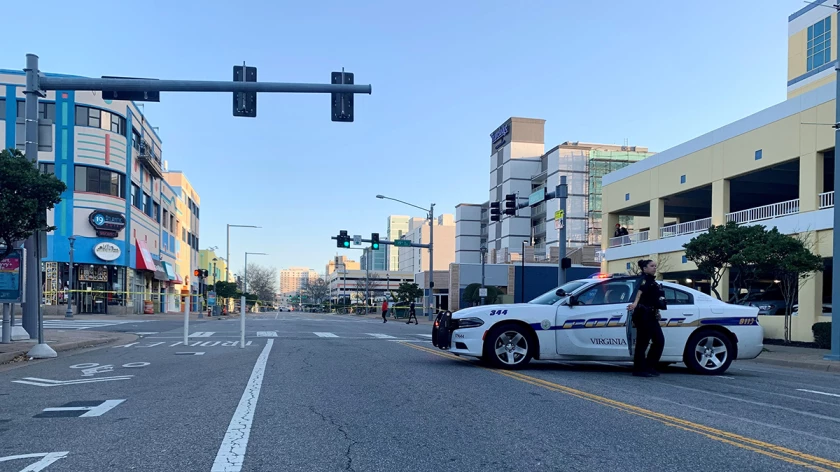


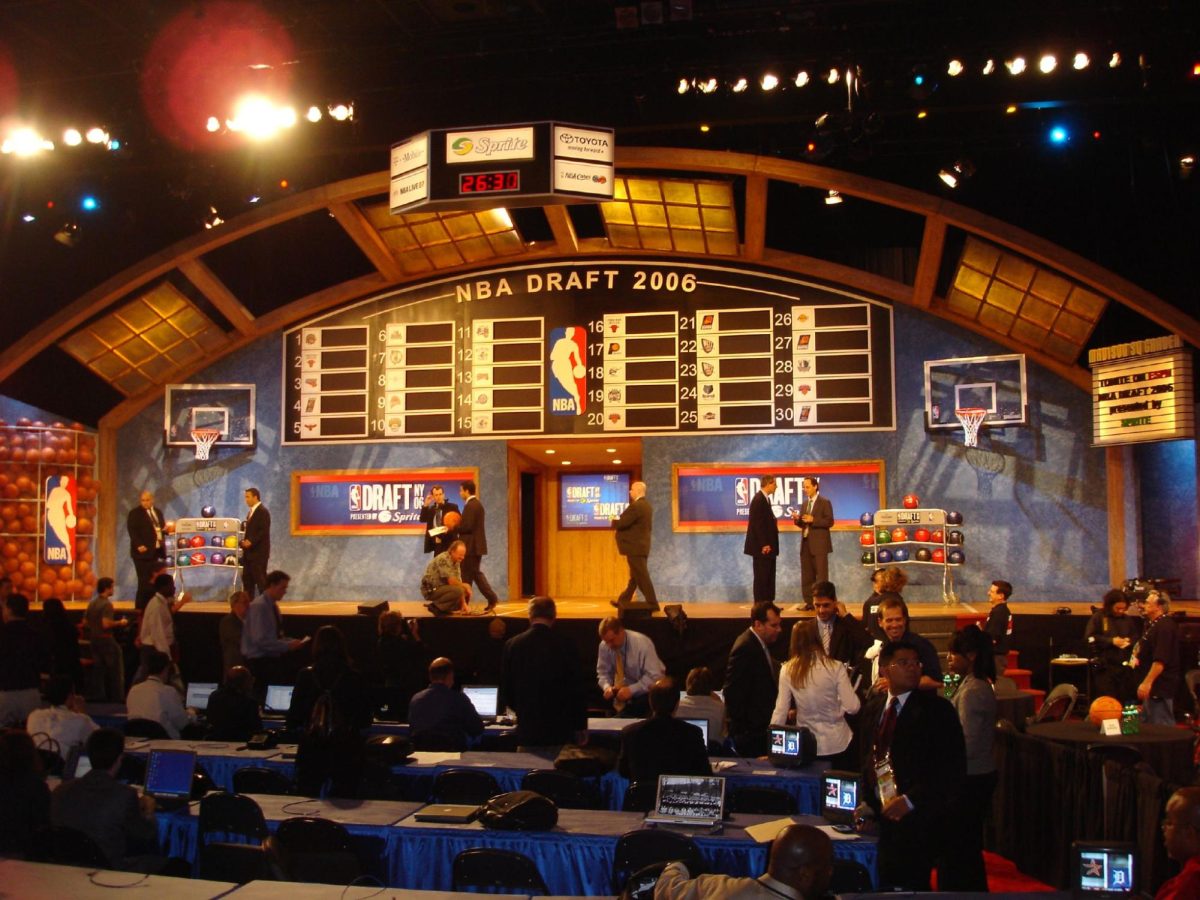

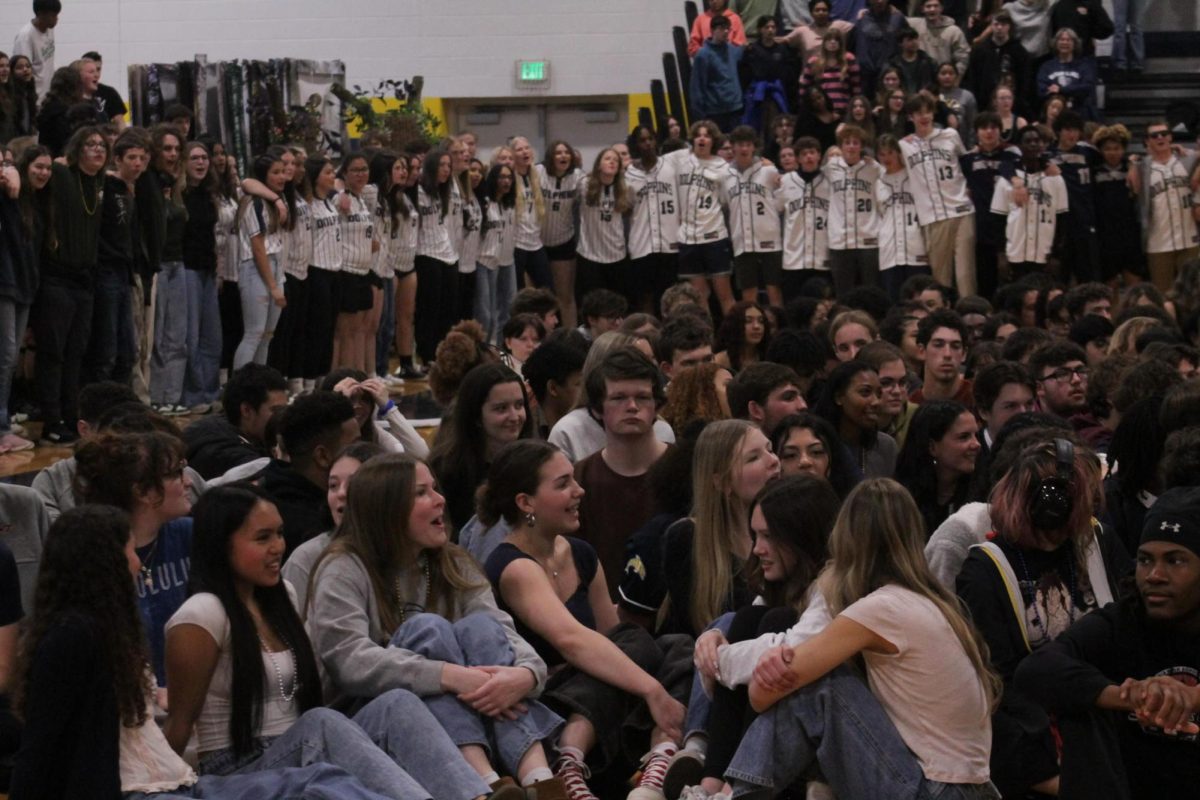

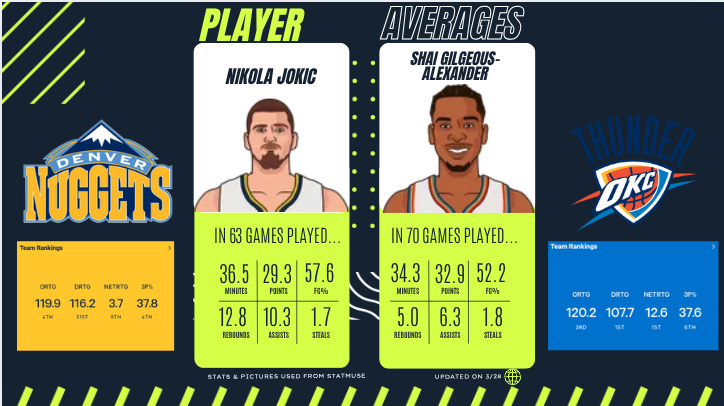



CD Williams • Jan 19, 2024 at 7:27 pm
SOL testing has taken over everything in high schools. The recent changes only made the situation worse. I taught before the testing was instituted, and for decades after and no matter which school I was at or how they worked the schedules, it was extremely detrimental to the learning process for the better part of each semester.